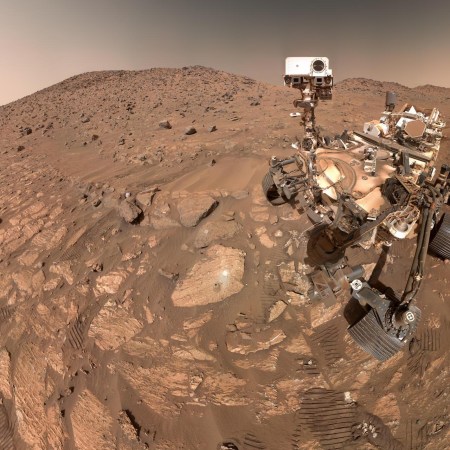It’s not exactly a surprise to say that scientists favor taking the long view of certain things. Whether it’s the concept of deep time or something a little more compressed, exploring the way certain things play out over seconds and minutes is but one aspects of the way scientists work. All of which might help to explain some research currently underway at NASA: revisiting lunar samples collected on the Apollo 17 mission fifty years ago.
As a Smithsonian Magazine article points out, these samples have been in refrigerated storage at NASA ever since. NASA’s own statement reveals the reasons for revisiting them now: as part of the space agency’s Artemis program, NASA is looking to gain even more knowledge about the lunar landscape.
For Julie Mitchell at NASA, this effort is worthwhile both for its own sake and for what it might lead to. “By doing this work we’re not just facilitating Artemis exploration, but we’re facilitating future sample return and human exploration into the rest of the solar system,” Mitchell said.
The process of keeping a number of frozen lunar samples frozen while transporting them provided a challenge to the agency’s scientists and engineers, and — according to this Space.com article — it’s been underway since 2018.
As for what’s in the lunar samples, that’s where things get even more interesting. The samples include amino acids, and the data gleaned from looking into them could be instructive about both life on the Moon and life in general.
“Cosmic rays can be damaging to organic material that may be in a sample, so understanding the duration helps to determine the effects that exposure has had on the organic,” said Natalie Curran of the Goddard Space Flight Center. It’s been a long wait, but these samples may well reveal something amazing.
Thanks for reading InsideHook. Sign up for our daily newsletter and be in the know.

















